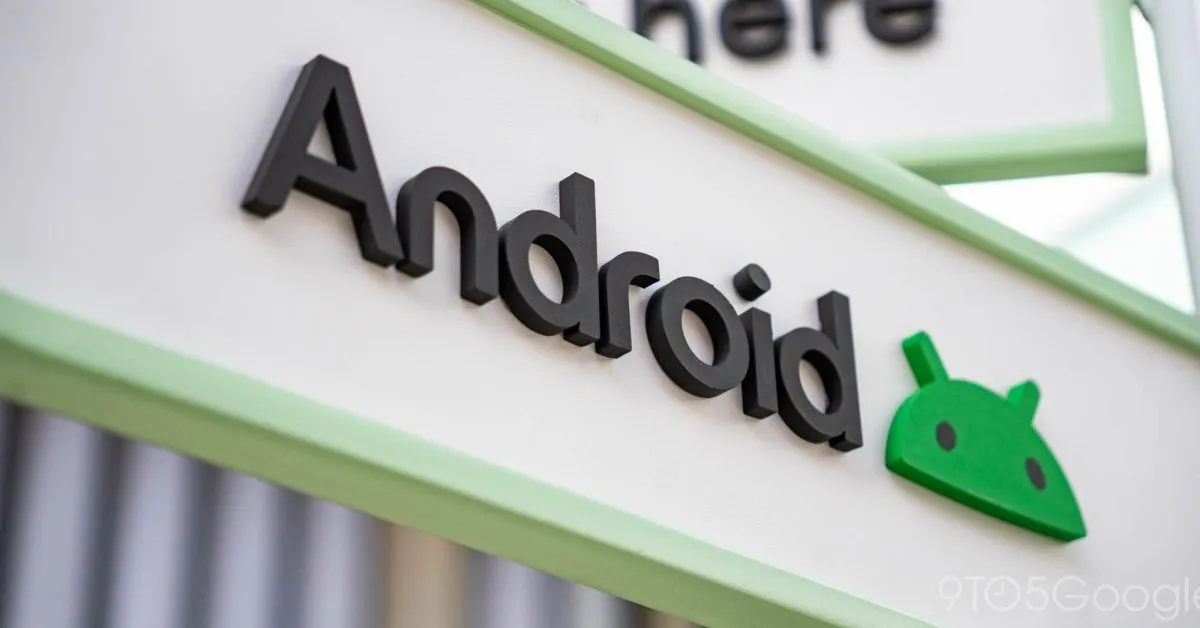
Samsung has long been at the forefront of mobile technology, offering users the ability to transform their phones and tablets into a desktop operating system experience when connected to an external display. This innovative feature, known as DeX, allows users to seamlessly transition from a mobile interface to a desktop-like environment. Now, in an exciting development, Google is working on its own version of a DeX-like desktop mode for Android devices.
With the rollout of Android 14 QPR3, Google introduced DisplayPort mirroring for the Pixel 8 and later models. This feature enables users to mirror their phone screens on supported displays or project content such as Google Slides. This capability marks a significant step towards providing a more integrated desktop experience for Android users.
Following this, the Android 15 QPR1 update brought desktop windowing capabilities to the Pixel Tablet in developer preview. This feature allows for the simultaneous use of multiple applications in resizable windows, enhancing productivity on larger screens. Now, these two experiences are merging into a cohesive feature called “desktop windowing on secondary displays.”
Recently, Android Authority has enabled the developer option for this feature with the latest Android 16 beta. When a Pixel 8 Pro is connected to a laptop, users can access the Android Taskbar, where they can find pinned and recent apps alongside launcher access. The interface also includes a three-button navigation system on the right side and displays the time along with other status icons at the top.
By dragging down from the top of the screen, users can access dual-column Quick Settings and notifications, mirroring the experience found on current tablets and foldables. The desktop windowing feature allows applications to open in resizable windows, enabling users to move them around and place them side-by-side. This functionality is complemented by physical keyboard and trackpad controls, making the experience even more user-friendly. Notably, users can continue to use their phone while the desktop windowing feature is active, providing greater flexibility.
Despite these advancements, it remains unclear when Google will officially launch these features. A larger question looms regarding how this initiative aligns with Google’s overall approach to desktop computing. There is ongoing work to integrate more Android functionalities within ChromeOS, and Google is clearly adding desktop features to Android that could pave the way for dedicated laptops or convertibles running a full desktop version of Android.
If Google is indeed building a desktop experience for Android, the idea of using phones as desktop devices may seem secondary. Mobile devices today are powerful enough to handle the demands of a desktop environment. However, the strategy appears somewhat perplexing; users are generally accustomed to purchasing dedicated devices like laptops for their desktop computing needs.
The introduction of a desktop mode on mobile devices necessitates external displays and peripherals such as keyboards and mice, which may not appeal to all users. There is speculation that Google's development of this desktop mode support in Android is primarily for the benefit of Samsung, which has established a strong foothold in this market with its DeX technology.
For those who envision a future where phones power laptops, the ideal solution would be a laptop shell equipped with all necessary components—including a screen, keyboard, trackpad, battery, and ports—while omitting the system-on-chip (SoC). Ideally, the connection between the phone and the display should be wireless, creating a truly seamless experience for users.